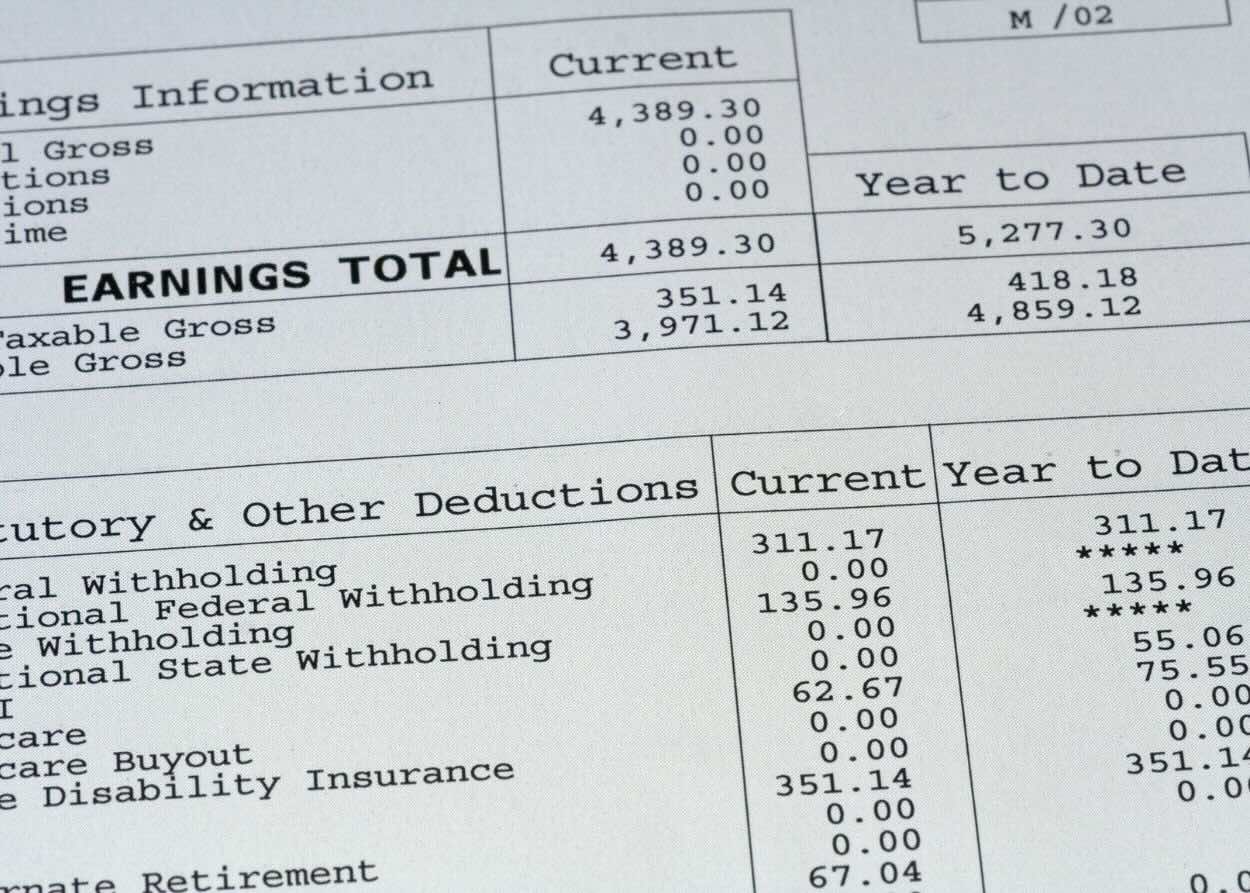- Timeline of a Typical Employment Case
- Phase 1: Pre-Filing (1-3 Months)
- Phase 2: Demand and Negotiation (1-3 Months)
- Phase 3: Litigation Begins (2-4 Months)
- Phase 4: Discovery (6-12 Months)
- Phase 5: Summary Judgment (2-4 Months)
- Phase 6: Pre-Trial and Trial (3-6 Months)
- Phase 7: Post-Trial (Varies)
- Overall Timeline
- Factors That Can Affect Your Timeline
- The Emotional Timeline
- Conclusion
Timeline of a Typical Employment Case
One of the most common questions we hear from potential clients at [Your Firm Name] is “How long will my employment case take?” While every case is unique, understanding the general timeline of an employment lawsuit can help you set realistic expectations and prepare for the journey ahead. This guide walks you through the typical progression of an employment case in the New York metropolitan area, from initial consultation to resolution.
Phase 1: Pre-Filing (1-3 Months)
Initial Consultation
Your journey begins with an initial consultation with an employment attorney. During this meeting, you’ll:
- Share your workplace situation and concerns
- Discuss potentially applicable laws
- Review relevant documents and evidence
- Explore potential legal claims
- Learn about possible remedies
- Understand the contingency fee structure
Based on this consultation, the attorney will determine whether you have viable legal claims worth pursuing. If you decide to move forward, you’ll sign a representation agreement.
Evidence Gathering and Case Evaluation
Once you’ve retained an attorney, they will:
- Request and review additional documents
- Interview you in depth about the facts
- Identify and possibly speak with witnesses
- Research relevant case law
- Evaluate potential damages
- Develop an initial case strategy
This investigative phase is crucial—it helps your attorney understand the strengths and weaknesses of your case and determines the next steps.
Administrative Filings (If Required)
Many employment discrimination claims require “exhausting administrative remedies” before filing a lawsuit. This means:
- Filing a charge with the Equal Employment Opportunity Commission (EEOC) and/or the New York State Division of Human Rights (NYSDHR)
- Waiting for the agency to investigate (though you can request a “right to sue” letter from the EEOC after 180 days)
- Responding to agency requests for information
- Possibly participating in an agency-led mediation
Some claims, including many brought under New York City Human Rights Law, certain wage and hour claims, and breach of contract claims, may not require this administrative step, allowing you to proceed directly to court.
Phase 2: Demand and Negotiation (1-3 Months)
Demand Letter
Before filing a lawsuit, your attorney may send a demand letter to your employer that:
- Outlines your legal claims
- Summarizes supporting evidence
- Specifies damages sought
- Proposes settlement terms
- Sets a deadline for response
This step can lead to early settlement discussions, potentially resolving your case without litigation.
Pre-Litigation Settlement Negotiations
If your employer is open to settlement discussions:
- Parties may exchange information informally
- Your attorney will negotiate on your behalf
- Several rounds of offers and counteroffers may occur
- Confidentiality and non-disparagement terms will be discussed
- A formal settlement agreement will be drafted if terms are reached
Many employment cases resolve at this stage, particularly when the evidence of wrongdoing is strong or when the employer wishes to avoid negative publicity.
Phase 3: Litigation Begins (2-4 Months)
Filing the Complaint
If pre-litigation settlement fails, your attorney will file a complaint in federal or state court that:
- Names the defendants (employer and possibly individual managers)
- States the legal claims and factual allegations
- Specifies the damages and remedies sought
- Includes necessary jurisdictional information
- Requests a jury trial if appropriate
The complaint formally initiates your lawsuit and will be served on the defendants.
Defendant’s Response
After being served, your employer typically has 21-30 days to respond by:
- Filing an answer disputing your allegations
- Filing a motion to dismiss challenging the legal sufficiency of your claims
- Requesting an extension of time to respond
If your employer files a motion to dismiss, the court will decide whether your case can proceed based on the allegations in your complaint, assuming all facts are true.
Initial Court Conferences
Within a few months of filing, the court will schedule:
- An initial conference to set the schedule for the case
- Discussions about potential settlement
- Deadlines for completing discovery
- Dates for filing motions
These conferences establish the roadmap for your case moving forward.
Phase 4: Discovery (6-12 Months)
Discovery is typically the longest phase of employment litigation and involves the exchange of information between the parties.
Written Discovery
The process begins with written exchanges:
- Interrogatories (written questions requiring written answers under oath)
- Document requests (requests for relevant emails, personnel files, policies, etc.)
- Requests for admission (asking the other side to admit or deny specific facts)
Both sides must respond to these requests, though they may object to certain questions or requests.
Electronic Discovery
Given the prevalence of electronic communications in today’s workplace:
- Email chains, text messages, and internal communications are collected
- Electronic documents undergo review for relevance and privilege
- Metadata may be analyzed to establish timelines
- Electronic document production protocols are established
This process can be time-consuming, especially in cases involving large organizations.
Depositions
Depositions are sworn testimony given outside of court but recorded by a court reporter:
- You will likely be deposed by your employer’s attorney
- Your attorney will prepare you thoroughly beforehand
- Key decision-makers at your workplace will be deposed
- Witnesses to important events may be deposed
- Expert witnesses might be deposed if relevant to your claims
Depositions are critical because they lock in testimony under oath that can be used at trial.
Third-Party Discovery
Your attorney may also seek information from third parties through:
- Subpoenas to obtain relevant documents
- Depositions of former employees or other witnesses
- Records from medical providers (if health issues are relevant)
- Information from government agencies
- Expert analysis of evidence
This additional information can strengthen your case or provide context for workplace events.
Phase 5: Summary Judgment (2-4 Months)
Motion for Summary Judgment
After discovery concludes, your employer will likely file a motion for summary judgment arguing:
- There are no disputed material facts requiring a trial
- Based on the undisputed facts, they are entitled to judgment as a matter of law
- Your claims fail to meet legal standards even with all facts viewed in your favor
This is a critical juncture where many employment cases end if the court agrees with the employer.
Opposition and Court Decision
Your attorney will file an opposition brief:
- Highlighting disputed factual issues
- Presenting evidence supporting your claims
- Arguing legal standards favor allowing your case to proceed
- Including supporting declarations and exhibits
The court may hear oral argument before deciding whether your case proceeds to trial.
Phase 6: Pre-Trial and Trial (3-6 Months)
Final Settlement Negotiations
If your case survives summary judgment, serious settlement discussions often follow because:
- The employer faces real risk of a public trial
- Both sides now fully understand the evidence
- Trial preparation is expensive
- The outcome at trial is uncertain for both parties
Many cases that survive summary judgment settle before trial.
Trial Preparation
If settlement doesn’t occur, intensive trial preparation begins:
- Preparing witnesses for testimony
- Creating trial exhibits
- Developing jury selection strategies
- Drafting motions to limit certain evidence
- Preparing opening and closing statements
- Organizing evidence presentation
This preparation is thorough and detailed to ensure the strongest possible presentation of your case.
Trial
The trial itself typically lasts several days to a few weeks and includes:
- Jury selection
- Opening statements
- Your testimony and that of your witnesses
- Cross-examination by the employer’s attorney
- The employer’s witnesses and their cross-examination
- Closing arguments
- Jury deliberation and verdict
Most employment trials are decided by juries rather than judges alone.
Phase 7: Post-Trial (Varies)
Post-Trial Motions
After the verdict, either side may file post-trial motions:
- Motion for judgment notwithstanding the verdict
- Motion for a new trial
- Motion to alter or amend the judgment
- Motion for attorney’s fees (if you prevail)
These motions can affect the final outcome or the amount awarded.
Appeals
The losing party may appeal to a higher court:
- Appeals focus on legal errors, not factual determinations
- The appeal process can take 1-2 years
- The case could be remanded for a new trial
- A settlement might be reached during the appeal process
Appeals add significant time to the resolution of your case.
Overall Timeline
From initial consultation to final resolution:
- Cases that settle pre-litigation: 3-6 months
- Cases that settle during litigation but before trial: 12-18 months
- Cases that go through trial: 18-24 months
- Cases that involve appeals: 2-4 years
These timelines are approximations and can vary based on court schedules, complexity of issues, and the specific jurisdiction.
Factors That Can Affect Your Timeline
Several factors can extend or shorten your case timeline:
Court Backlog
The New York metropolitan area courts handle thousands of cases, and scheduling depends on:
- The specific court where your case is filed
- The judge assigned to your case
- Current case volumes and priorities
- Pandemic-related or other administrative delays
Federal courts typically move somewhat faster than state courts.
Complexity of Issues
More complex cases take longer due to:
- Multiple legal claims or novel legal theories
- Large numbers of witnesses
- Extensive documentary evidence
- Expert testimony requirements
- Multiple defendants or related cases
A straightforward wrongful termination case may move more quickly than a complex discrimination case with multiple forms of alleged discrimination.
Litigation Strategy
Both sides’ approach to the case affects timing:
- Aggressive motion practice extends timelines
- Discovery disputes require court resolution
- Settlement willingness at various stages
- Resources dedicated to the litigation
- Tactical delays by either party
Your attorney will discuss strategic considerations that may impact your timeline.
The Emotional Timeline
Beyond the legal process, be prepared for the emotional journey:
- Initial relief at taking action
- Frustration during waiting periods
- Anxiety before major events like depositions
- Stress during discovery as private matters become evidence
- Emotional drain of revisiting difficult workplace experiences
- Potential closure through settlement or verdict
The emotional aspects of an employment case can be challenging, and many clients benefit from support systems during this time.
Conclusion
Understanding the timeline of an employment case helps set realistic expectations as you pursue justice. While the process can be lengthy, each phase serves an important purpose in building your case and protecting your rights.
At Dolce Law PLLC, we guide clients through each stage of this process, providing support, strategic advice, and zealous advocacy throughout. We work efficiently to move your case forward while being thorough in our approach to maximize your chances of a favorable outcome.
If you’re experiencing workplace issues and considering legal action, contact us for a confidential case evaluation. We exclusively represent employees throughout New York, primarily on a contingency basis, meaning you don’t pay attorney fees unless we recover for you.




